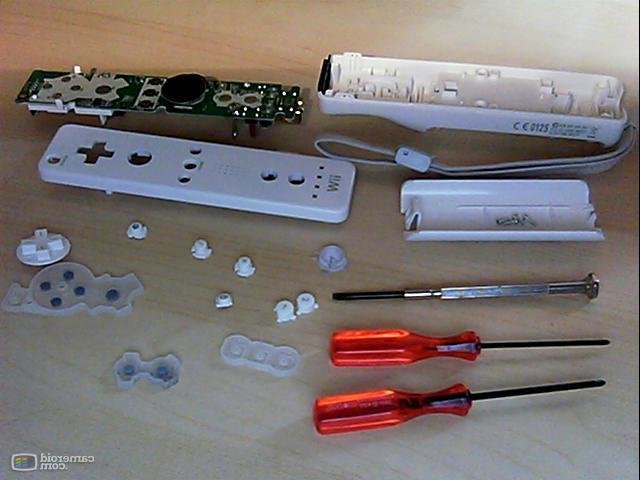Over the course of about five years I’ve been working together with a couple of people from allover the world on a small mmorpg-like fangame based on a Super Nintendo game called Earthbound. It was never released in Europe but don’t ask me how I managed to find out about it at age six (about 16 years ago now), just as quite a lot of other people I was amazed by its simplicity in graphics but complex intriguing storyline and characters.
At some point I came across video game engines and ‘game makers’ and being a video game fan for as long as I can remember I couldn’t resist the chance to (re)build some of the games I enjoyed. A few years before I even had the idea of an Earthbound fangame I was messing around with the Playerworlds engine and Shining Force 2 content. Unfortunately Bowie Online as I called it never say the day of light when other people took over and development ceased.
But I didn’t give up! At that time I was replaying Earthbound and thought it’d be cool to try and make an Earthbound-themed game. I started out with Playerworlds again, quickly switching to Eclipse, Mirage, and a bunch of other game makers / engines. Amazingly even without a released version there were a bunch of people who were very enthusiastic about this.
In 2007-2008ish we had a small team of about four people who were working on Saturn Valley Online, using the vbGORE engine made by Spodi. At that time it seemed by far the best engine out there for us to use. On May 1st 2008 we released our first public version of the game, I remember the server crashing every five minutes but having 30+ people online simultaneously was really something back then!
Some stuff was added over the years we’ve used vbGORE, however there were months we didn’t touch the code at all, being occupied by more important matters (life, school, …). Then in 2010 Spodi released his successor to vbGORE called Netgore. An engine made in C# which was a huge leap forward. We ported SVO to this engine but our interest faded and the project was dormant for about a year.
Fast forward to November 2011, Darkfrost and I were talking about SVO and the ‘good old times’ (the oldtimers surely remember “The Stump”). So we decided to reboot the project and see how far we can get. Again, fast forward to present day, Darkfrost has been coding an Earthbound-like battle system. It hasn’t been an easy feat though, using PK Hack and his skills learnt through Game Dev courses at the university he’s attending the battle system is slowely but surely coming together.
During all this, we have changed physical servers for three times. Keeping downtime to a minimum these days however today the server’s harddisk decided to throw in the towel. Luckily we have an SVN repository and keep code and database backups on our own laptops. I always wanted to get SVO onto a virtual private server in the US so latency would be very low for the most of the players. Unfortunately VPS cost a lot of money and although we’ve had donations in the past it’s not feasible to get one at the moment.
With all the troubles we’ve had over all these years we really don’t want to kill off SVO just yet so I’m planning on buying a new harddrive and cloning the faulty one so we can continue having a decent amount of SVO server uptime.
After about five years it seems we haven’t made too much progress but keeping in mind the engine switches which brought redoing almost all stuff with them and the ‘dead months’ where no development was done we’re closing in to a point where SVO can almost be called a real game rather than a glorified Earthbound-themed chatbox.



